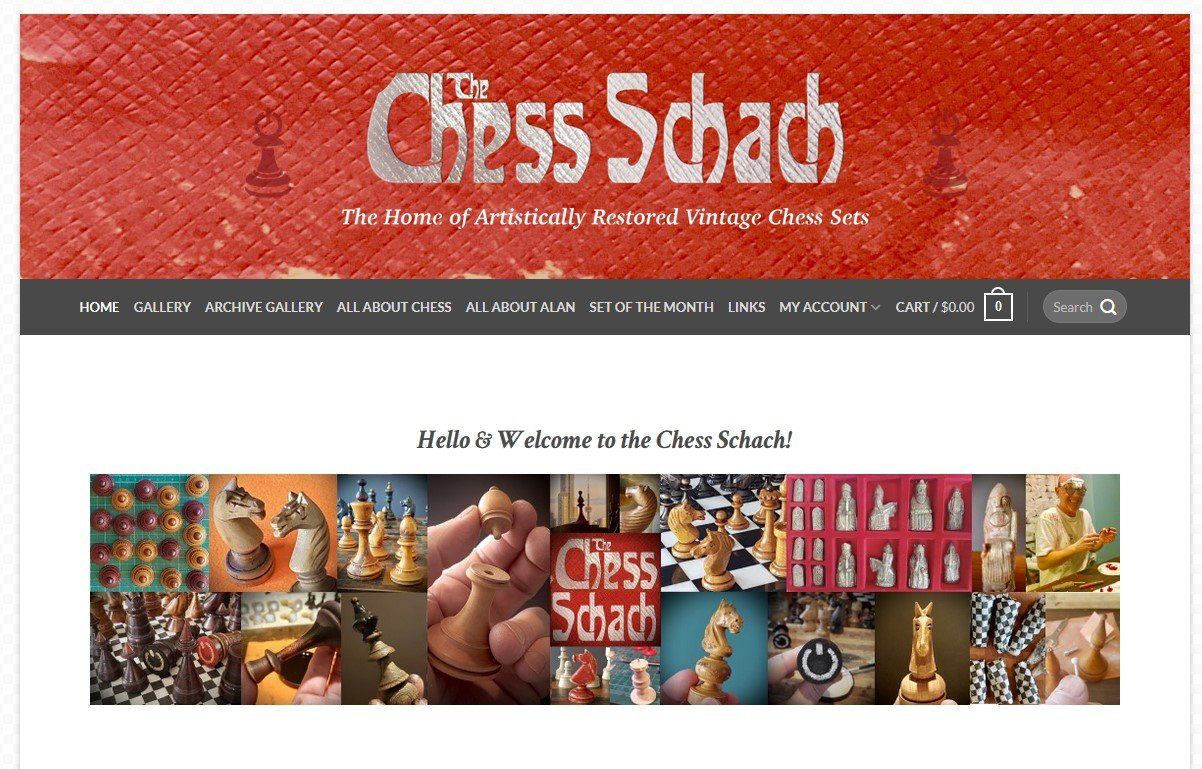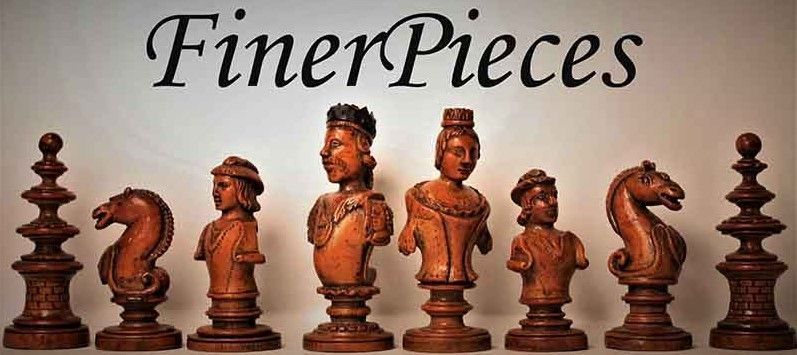Victorian Papier-mâché Chess Board, late 19th century
Victorian chess board made of black lacquered papier-mâché with mother-of-pearl inlaid squares and ornaments. Papier-mâché had enjoyed great popularity since the middle of the 19th century. It was a material that was not only easy to work with but, contrary to initial assumptions, was also very durable and resistant. Due to its elasticity, it was not brittle even when dry, which is why it was difficult or impossible to work with a hammer and chisel afterwards. In fact, the material was usually moulded in a moist state and only sawed, cut and sanded after hardening. The durability of the material was achieved by mixing old paper (in fact, old business books from banks or other enterprises, which took up a lot of space over time, were often recycled in this way and used for a new purpose) with wood fibres and a binding agent ( glue or similar). The resulting mass could then be moulded like clay, even if the subsequent drying process took a long time. The material was so popular that not only everyday objects such as picture and mirror frames, trays, tea trolleys, chairs, cupboards and the like were made from it, but also entire ceiling decorations (such as those of Groningen railway station in the Netherlands) and - mixed with clay - even exterior decorations, e.g. at Ludwigslust Castle in Mecklenburg-Vorpommern, Germany. In England, the material was popularised by Charles Frederick Bielefeld, a papier-mâché manufacturer of German ancestry based at 15 Wellington Street, Westminster. He transformed the use of the material into an art form and made it known to a wider public through his work "On the Use of Improved Papier Mâché in Furniture, in the Interior Decoration of Buildings, and in Works of Art", published in 1850.
Boards of this type were often decorated with a mother-of-pearl mosaic, which looks more fancy and ornate. However, the mosaic only required small pieces of mother-of-pearl material, while this one comes with large, single pieces for the white squares, which have a size of 40 mm.
The position shown on the last picture is from a game between Robert Steel and Joseph Henry Blackburne played in 1881 in Simpson's Divan.















